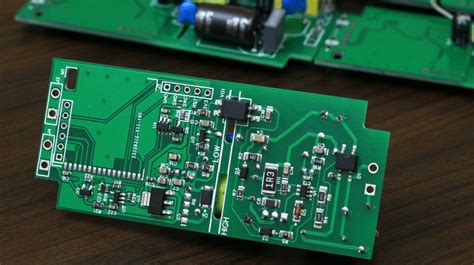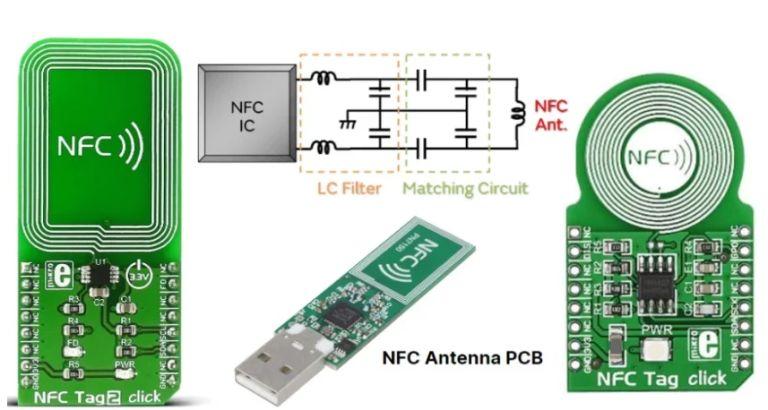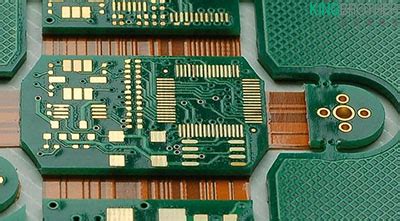High voltage pcb material
Advantages Of Using High Voltage PCB Material In Modern Electronics
High voltage printed circuit board (PCB) materials have become increasingly significant in the realm of modern electronics, offering a multitude of advantages that cater to the evolving demands of advanced technological applications.
One of the primary benefits of using high voltage PCB material is its superior electrical insulation properties.
These materials are specifically engineered to withstand high voltage levels, thereby reducing the risk of electrical breakdown and ensuring the reliability and longevity of electronic devices. This is particularly crucial in applications where safety and performance are paramount, such as in medical equipment, aerospace systems, and industrial machinery.
In addition to their excellent insulation capabilities, high voltage PCB materials also exhibit remarkable thermal management properties.
Effective heat dissipation is essential in high-power applications to prevent overheating and maintain optimal performance. High voltage PCB materials are designed to efficiently conduct heat away from critical components, thereby enhancing the overall thermal stability of the system. This not only improves the performance and reliability of the electronic device but also extends its operational lifespan, making it a cost-effective solution in the long run.
Moreover, high voltage PCB materials offer enhanced mechanical strength and durability.
These materials are typically composed of robust substrates that can withstand mechanical stresses and environmental factors such as vibration, shock, and humidity. This makes them ideal for use in harsh operating conditions where conventional PCB materials might fail. The mechanical resilience of high voltage PCB materials ensures that electronic devices can maintain their structural integrity and functionality even in demanding environments, thereby providing a higher level of dependability.
Another significant advantage of high voltage PCB materials is their ability to support high-frequency applications.
As the demand for faster and more efficient electronic devices continues to grow, the need for materials that can handle high-frequency signals without significant signal loss or distortion becomes increasingly important. High voltage PCB materials are designed to offer low dielectric loss and high signal integrity, making them suitable for high-speed communication systems, radar technology, and other high-frequency applications. This capability is essential for maintaining the performance and accuracy of modern electronic devices.
Furthermore, the use of high voltage PCB materials can lead to more compact and lightweight designs.
By enabling higher voltage levels and better thermal management, these materials allow for the integration of more components into a smaller space without compromising performance. This is particularly advantageous in applications where size and weight are critical factors, such as in portable electronic devices, automotive electronics, and aerospace systems. The ability to create more compact designs not only enhances the portability and usability of electronic devices but also contributes to the overall efficiency and functionality of the system.
In conclusion, the advantages of using high voltage PCB material in modern electronics are manifold. From superior electrical insulation and thermal management to enhanced mechanical strength and support for high-frequency applications, these materials offer a comprehensive solution to the challenges posed by advanced technological demands. Their ability to facilitate more compact and lightweight designs further underscores their importance in the development of next-generation electronic devices. As technology continues to advance, the role of high voltage PCB materials in ensuring the reliability, performance, and efficiency of electronic systems will undoubtedly become even more critical.
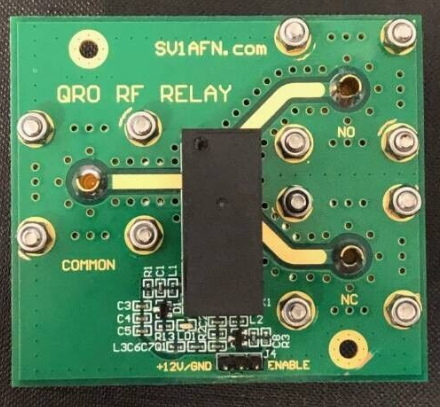
Key Properties To Look For In High Voltage PCB Materials
When selecting materials for high voltage printed circuit boards (PCBs), it is crucial to consider several key properties to ensure optimal performance and reliability. High voltage applications demand materials that can withstand significant electrical stress, maintain structural integrity, and provide consistent performance over time. One of the primary properties to consider is the dielectric strength of the material. Dielectric strength refers to the maximum electric field that a material can endure without experiencing electrical breakdown. Materials with high dielectric strength are essential for high voltage PCBs as they prevent arcing and ensure the insulation between conductive elements remains intact.
In addition to dielectric strength, the thermal performance of the PCB material is another critical factor.
High voltage applications often generate substantial heat, and materials with poor thermal conductivity can lead to overheating and potential failure. Therefore, selecting materials with high thermal conductivity and a low coefficient of thermal expansion (CTE) is vital. A low CTE ensures that the material expands and contracts minimally with temperature changes, reducing the risk of mechanical stress and maintaining the integrity of the PCB.
Furthermore, the material’s moisture absorption rate is a significant consideration.
High voltage environments can be particularly susceptible to moisture, which can degrade the material’s dielectric properties and lead to electrical failures. Materials with low moisture absorption rates are preferred as they maintain their electrical insulation properties even in humid conditions. This characteristic is especially important in outdoor or industrial applications where exposure to moisture is more likely.
Another essential property to evaluate is the material’s mechanical strength.
High voltage PCBs often face mechanical stresses during manufacturing, assembly, and operation. Materials with high tensile strength and flexural strength are better equipped to withstand these stresses without cracking or deforming. This ensures the longevity and reliability of the PCB in demanding applications.
Moreover, the material’s chemical resistance is a crucial factor, particularly in environments where the PCB may be exposed to harsh chemicals or solvents. Materials that exhibit high resistance to chemical corrosion will maintain their structural and electrical properties, ensuring the PCB’s performance is not compromised over time.
Additionally, the material’s electrical properties, such as its dielectric constant and dissipation factor, play a significant role in high voltage applications.
A low dielectric constant is desirable as it reduces signal loss and ensures efficient signal transmission. Similarly, a low dissipation factor indicates minimal energy loss within the material, contributing to the overall efficiency of the PCB.
It is also important to consider the manufacturability of the material.
High voltage PCBs often require complex designs and precise manufacturing processes. Materials that are easy to work with, such as those that can be readily drilled, etched, and laminated, are preferred. This ensures that the manufacturing process is efficient and cost-effective while maintaining high quality.
In conclusion, selecting the appropriate material for high voltage PCBs involves a careful evaluation of several key properties. Dielectric strength, thermal performance, moisture absorption, mechanical strength, chemical resistance, and electrical properties are all critical factors that influence the performance and reliability of the PCB. By considering these properties, engineers can ensure that the chosen material will meet the demands of high voltage applications, providing a robust and reliable solution.
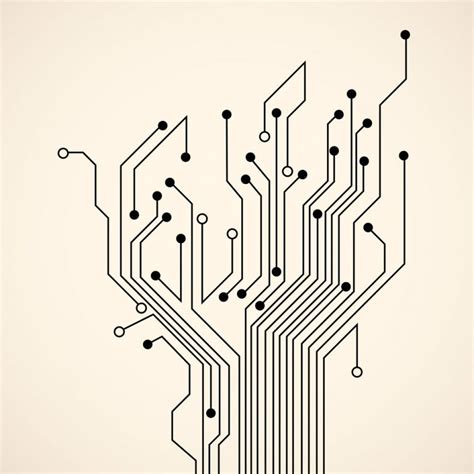
Common Challenges In Designing High Voltage PCBs And How To Overcome Them
Designing high voltage printed circuit boards (PCBs) presents a unique set of challenges that require careful consideration and meticulous planning. One of the primary challenges is ensuring adequate insulation to prevent electrical arcing and maintain safety.
High voltage applications demand materials with high dielectric strength to withstand the electrical stress. Selecting the appropriate substrate material, such as FR4, polyimide, or ceramic, is crucial. Each material has distinct properties that influence the board’s performance under high voltage conditions. For instance, ceramic substrates offer excellent thermal conductivity and high dielectric strength, making them suitable for high voltage applications.
Another significant challenge is managing the spacing between conductive elements.
High voltage PCBs require larger clearance and creepage distances to prevent electrical breakdown. Clearance refers to the shortest distance through air between two conductive parts, while creepage is the shortest path along the surface of an insulating material. Designers must adhere to industry standards, such as IPC-2221, which provides guidelines for determining these distances based on the operating voltage. Failure to maintain adequate spacing can result in arcing, leading to potential damage or failure of the PCB.
Thermal management is also a critical aspect of high voltage PCB design.
High voltage components often generate substantial heat, which can affect the board’s performance and longevity. Effective thermal management involves selecting materials with good thermal conductivity, incorporating thermal vias, and using heat sinks or thermal pads. Additionally, designers must consider the placement of components to ensure even heat distribution and prevent hotspots. Proper thermal management not only enhances the reliability of the PCB but also ensures the safety of the entire system.
Signal integrity is another challenge in high voltage PCB design.
High voltage signals can cause electromagnetic interference (EMI), affecting the performance of nearby low voltage circuits. To mitigate this, designers can use shielding techniques, such as ground planes and guard traces, to isolate high voltage signals. Additionally, careful routing of high voltage traces, maintaining proper spacing, and using differential signaling can help minimize EMI. Ensuring signal integrity is essential for the reliable operation of high voltage PCBs, especially in applications where precision and accuracy are critical.
Material selection, spacing, thermal management, and signal integrity are interconnected aspects of high voltage PCB design.
Overcoming these challenges requires a holistic approach, considering all factors simultaneously. For instance, choosing a substrate with high dielectric strength can also aid in thermal management, as some materials offer both electrical insulation and thermal conductivity. Similarly, maintaining proper spacing not only prevents arcing but also reduces EMI, contributing to better signal integrity.
In addition to these technical challenges, designers must also consider the manufacturability of high voltage PCBs.
High voltage designs often involve thicker copper layers and multiple layers, which can complicate the manufacturing process. Collaborating with experienced PCB manufacturers early in the design phase can help identify potential issues and ensure the design is feasible for production. Manufacturers can provide valuable insights into material selection, layer stack-up, and fabrication techniques, helping designers create robust and reliable high voltage PCBs.
In conclusion, designing high voltage PCBs involves addressing several interconnected challenges, including insulation, spacing, thermal management, and signal integrity. By carefully selecting materials, adhering to industry standards, and considering manufacturability, designers can overcome these challenges and create high voltage PCBs that are safe, reliable, and efficient. The key to success lies in a comprehensive approach that balances all aspects of the design, ensuring optimal performance in high voltage applications.

Innovations In High Voltage PCB Materials For Enhanced Performance
In the realm of modern electronics, the demand for high voltage printed circuit boards (PCBs) has surged, driven by the need for more efficient and reliable power management systems. High voltage PCBs are integral to a wide array of applications, from electric vehicles and renewable energy systems to industrial automation and telecommunications. As these applications continue to evolve, so too must the materials used in high voltage PCBs. Innovations in high voltage PCB materials are crucial for enhancing performance, ensuring safety, and meeting the rigorous demands of contemporary electronic systems.
One of the primary considerations in high voltage PCB design is the dielectric material.
The dielectric material must possess excellent insulating properties to prevent electrical breakdown and ensure the safe operation of the circuit. Traditional materials such as FR-4, while widely used in standard PCBs, often fall short in high voltage applications due to their limited dielectric strength. Consequently, researchers and manufacturers have turned their attention to advanced materials like polyimide, ceramic-filled PTFE, and high-performance laminates. These materials offer superior dielectric properties, higher thermal stability, and improved mechanical strength, making them ideal for high voltage applications.
Polyimide, for instance, is renowned for its exceptional thermal resistance and electrical insulation capabilities.
It can withstand high temperatures and maintain its structural integrity, which is essential for high voltage circuits that generate significant heat. Similarly, ceramic-filled PTFE materials provide a unique combination of low dielectric constant and high dielectric strength, ensuring minimal signal loss and robust insulation. These materials are particularly beneficial in applications where both high voltage and high frequency are present, such as in advanced communication systems.
In addition to dielectric materials, the choice of conductive materials also plays a pivotal role in the performance of high voltage PCBs.
Copper is the most commonly used conductive material due to its excellent electrical conductivity and relatively low cost. However, in high voltage applications, the thickness and quality of the copper layer must be carefully controlled to handle the increased current loads and prevent issues such as electromigration and thermal fatigue. Innovations in copper plating techniques, such as the use of thicker copper layers and advanced surface treatments, have significantly enhanced the reliability and performance of high voltage PCBs.
Moreover, the advent of novel composite materials has opened new avenues for high voltage PCB design.
These composites combine the best properties of different materials to achieve a balance of electrical, thermal, and mechanical performance. For example, metal-core PCBs, which incorporate a metal substrate such as aluminum or copper, offer superior heat dissipation and mechanical stability. This is particularly advantageous in high power applications where efficient thermal management is critical to prevent overheating and ensure long-term reliability.
Furthermore, advancements in manufacturing processes have also contributed to the development of high voltage PCB materials.
Techniques such as laser drilling, precision etching, and automated optical inspection have enabled the production of PCBs with finer features, higher precision, and greater consistency. These processes ensure that the high voltage PCBs meet stringent quality standards and perform reliably under demanding conditions.
In conclusion, the continuous innovation in high voltage PCB materials is essential for meeting the evolving demands of modern electronic systems. By leveraging advanced dielectric materials, optimizing conductive layers, and exploring novel composites, manufacturers can enhance the performance, reliability, and safety of high voltage PCBs. As technology progresses, these innovations will undoubtedly play a crucial role in the advancement of high voltage applications across various industries, paving the way for more efficient and robust electronic systems.


